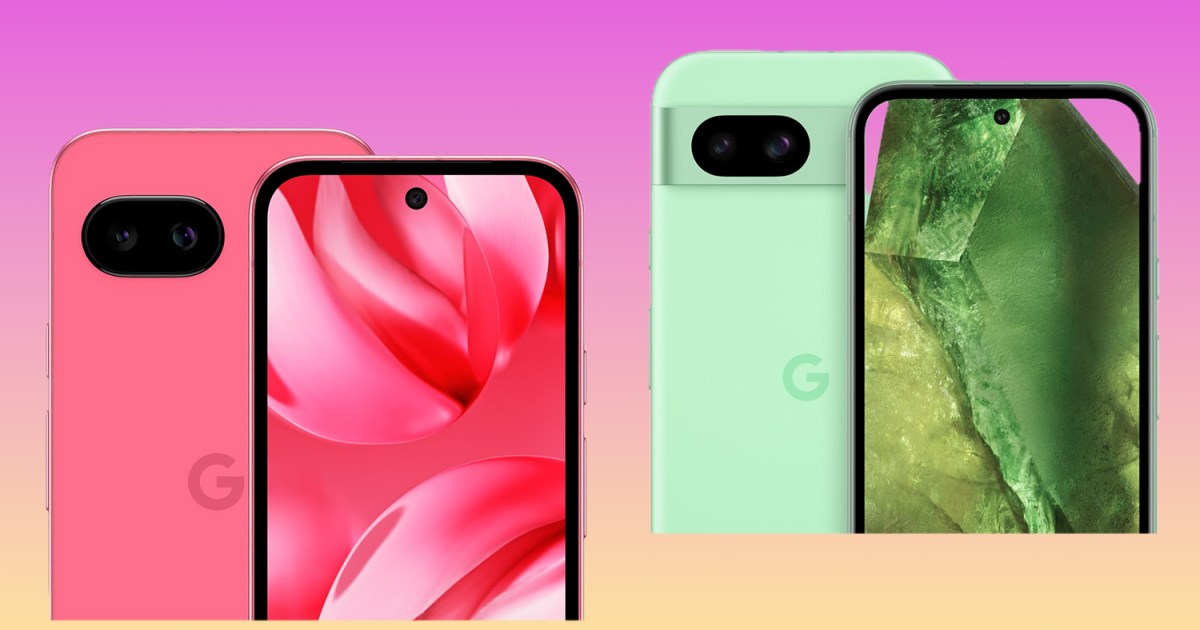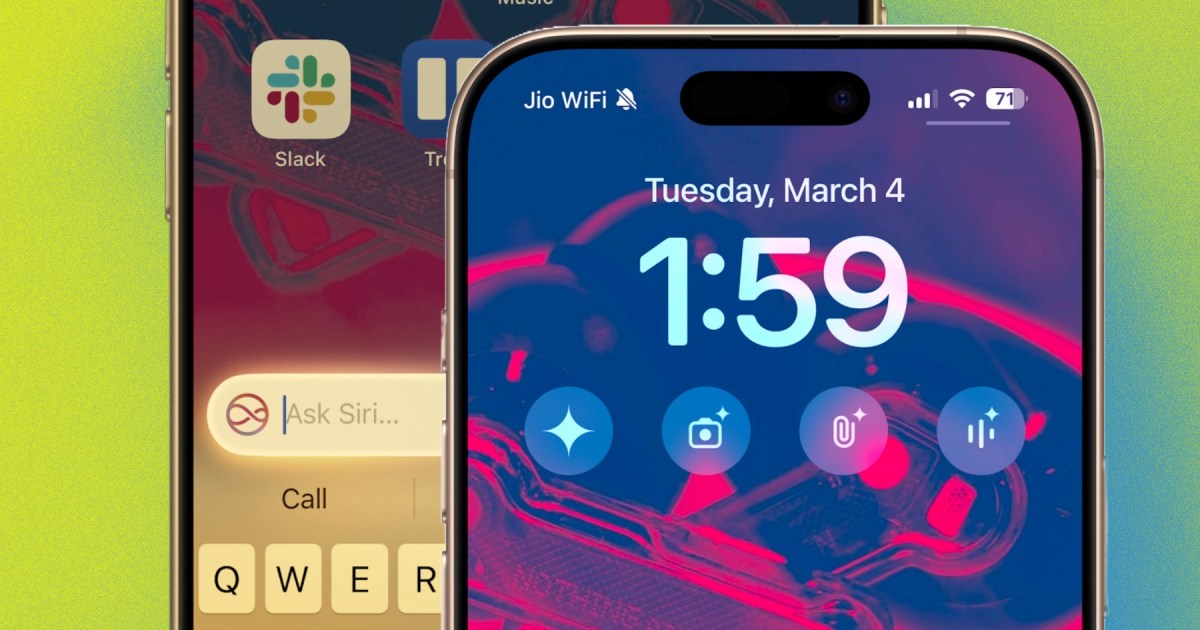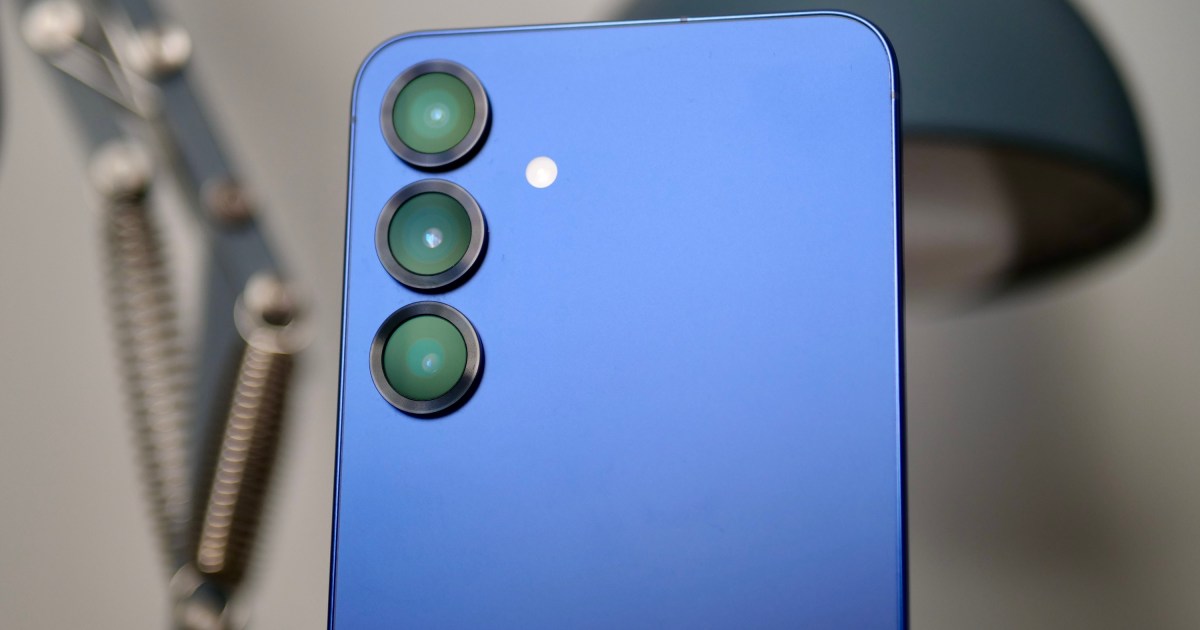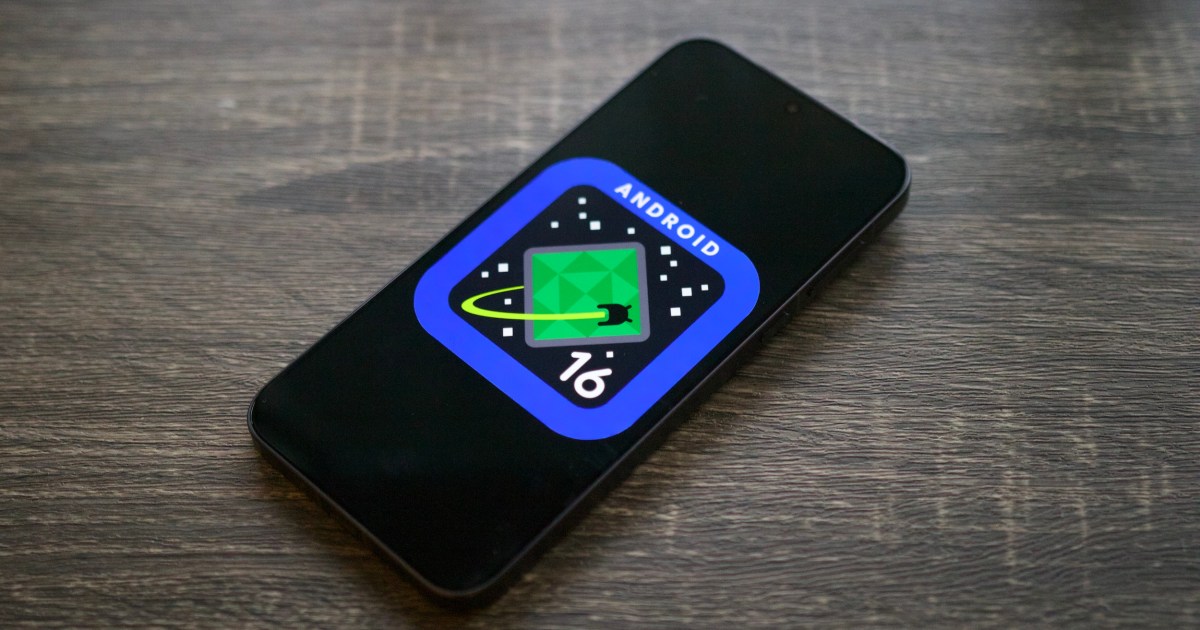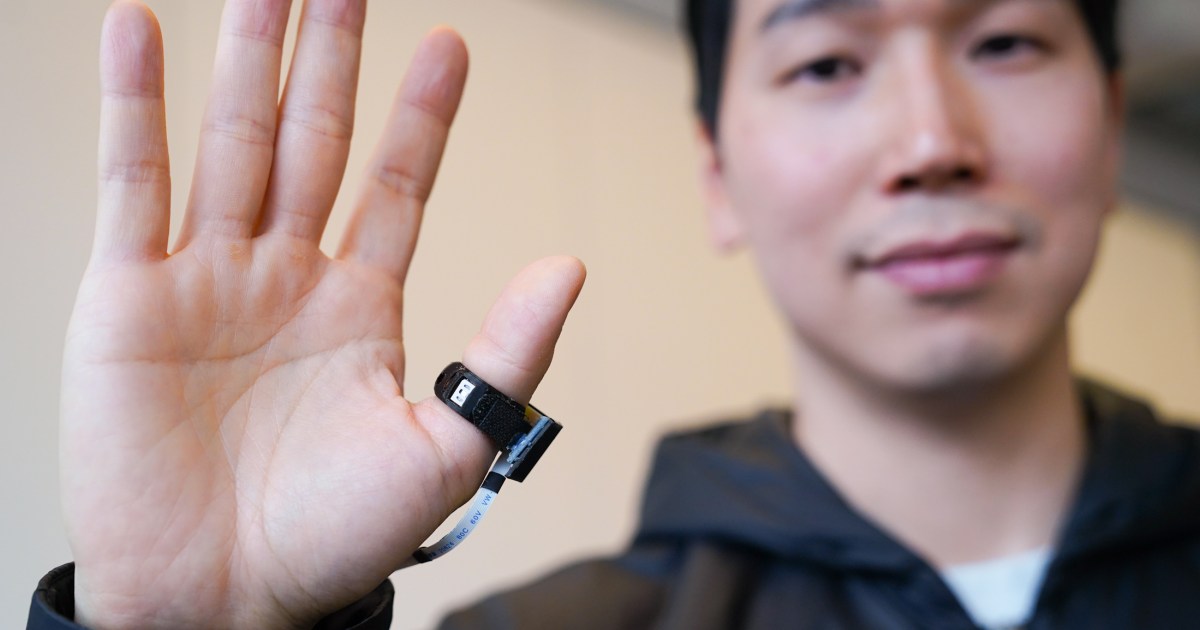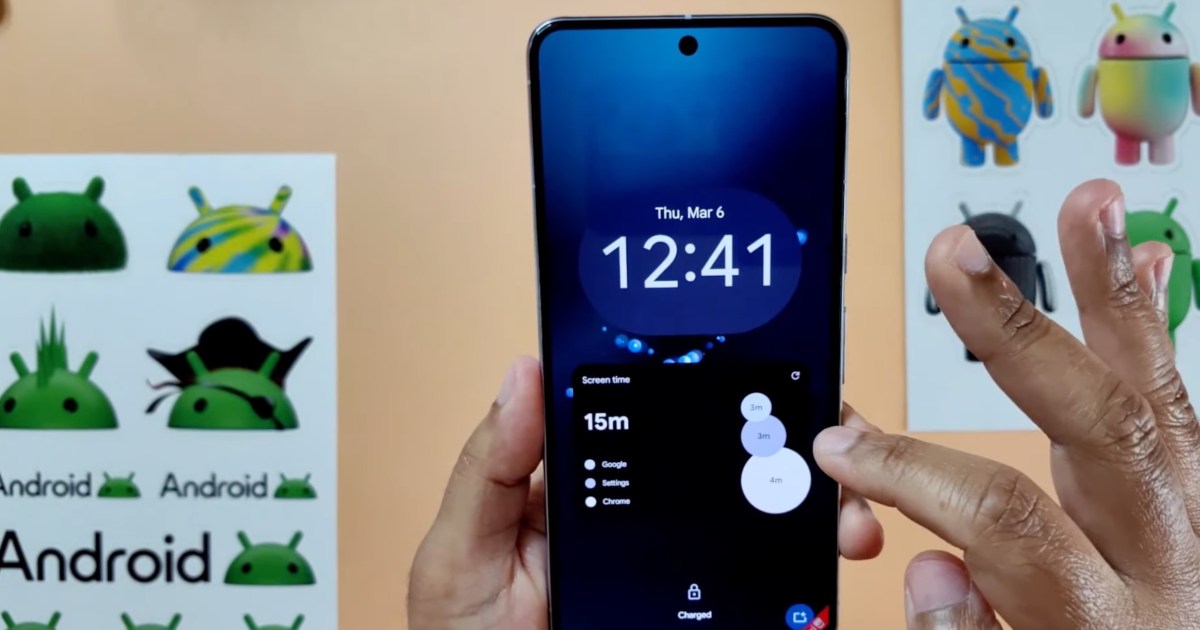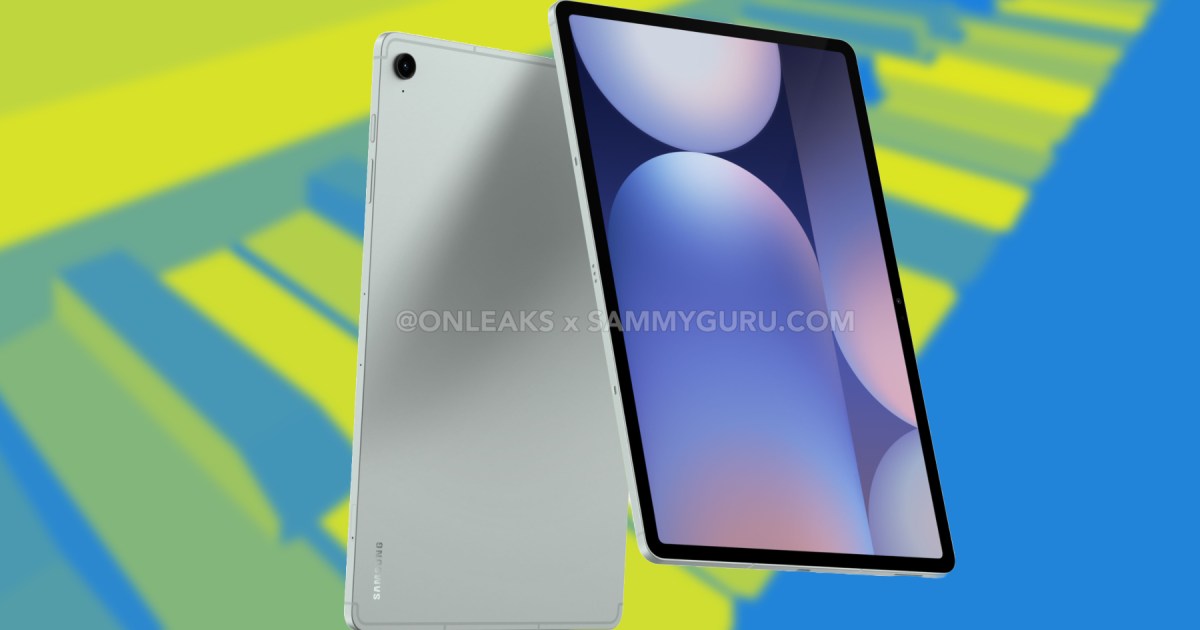Google’s latest budget-friendly phone, the Pixel 9a, has arrived. How does it stack up against its predecessor, the Pixel 8a? We’ve compared these two devices across key features, including specs, design, performance, camera capabilities, and software support. If you’re rocking a Pixel 8a and contemplating an upgrade, this in-depth comparison will help you decide.
Pixel 9a vs. 8a: Specifications at a Glance
| Feature | Google Pixel 9a | Google Pixel 8a |
|---|---|---|
| Dimensions | 154.7 x 73.3 x 8.9 mm | 152.1 x 72.7 x 8.9 mm |
| Weight | 185.9 grams | 189 grams |
| Display | 6.3″ Actua OLED | 6.1″ Actua OLED |
| Resolution | 2424 x 1080 | 2400 x 1080 |
| Peak Brightness | 2700 nits | 2000 nits |
| Storage | 128GB, 256GB | 128GB, 256GB |
| Processor | Google Tensor G4 | Google Tensor G3 |
| RAM | 8GB | 8GB |
| Software | Android 15 | Android 15 |
| Rear Camera | 48MP Wide, 13MP Ultrawide | 64MP Wide, 13MP Ultrawide |
| Front Camera | 13MP | 13MP |
| Video | Up to 4K @ 60fps | Up to 4K @ 60fps |
| Battery | 5100mAh | 4992mAh |
| Fast Charging | 23W | 18W |
| Wireless Charging | 7.5W | 7.5W |
| Water Resistance | IP68 | IP67 |
| Price | From $499 | Starting at $499 |
Design and Build: A Fresh Look
![]() Person holds Pixel 9a in hand while sitting in a car.
Person holds Pixel 9a in hand while sitting in a car.
The Pixel 9a refines the design language of its predecessor. While both phones maintain a budget-friendly focus, the 9a adopts the flatter edges of the flagship Pixel 9 series, departing from the rounded contours of the 8a. The camera module also gets a makeover, transitioning from the traditional bar to a more compact, pill-shaped design. Google continues its commitment to sustainability, incorporating recycled materials in the 9a’s construction, with a higher percentage of recycled plastic in the back cover. Durability also gets a boost, with the 9a achieving an IP68 water resistance rating, surpassing the IP67 rating of the 8a. New color options, including Iris and Peony, join the classic Obsidian and Porcelain. Impressively, the 9a manages to be slightly lighter than the 8a despite its larger display.
Display and Battery: Bigger and Brighter
![]() A person playing a game on the Google Pixel 8a.
A person playing a game on the Google Pixel 8a.
The Pixel 9a boasts a larger 6.3-inch Actua OLED display compared to the 8a’s 6.1-inch screen. A significant upgrade is the peak brightness, jumping from 2000 nits on the 8a to 2700 nits on the 9a, making outdoor visibility significantly better. Both phones retain a smooth 120Hz refresh rate. Battery life also sees improvement, with the 9a packing a larger 5100mAh battery compared to the 8a’s 4992mAh. Charging speeds get a bump too, with the 9a supporting 23W wired charging, while wireless charging remains at 7.5W.
Performance: Powering Up with Tensor G4
![]() Rear view of the Google Pixel 9a.
Rear view of the Google Pixel 9a.
The core performance difference lies in the processors. The Pixel 9a features the new Google Tensor G4 chip, while the Pixel 8a runs on the Tensor G3. This upgrade translates to faster processing speeds, improved efficiency, and enhanced AI capabilities. The 9a should handle demanding tasks like gaming and video editing more smoothly, and AI-powered features like voice recognition and image processing should also see improvements.
Camera: Megapixels Aren’t Everything
![]() A person holding the Google Pixel 8a
A person holding the Google Pixel 8a
While the Pixel 9a’s main rear camera shifts from 64MP on the 8a to 48MP, it features a larger aperture for better light capture and a Dual Pixel system for improved autofocus. The ultrawide and selfie cameras remain unchanged in terms of hardware. However, the Tensor G4 chip in the 9a enhances AI-powered image processing, potentially improving features like Macro Focus and “Add Me” group editing. Both phones retain Google’s excellent photo editing software, including Magic Eraser and Magic Editor.
Software and Support: Long-Term Vision
![]() Gemini Live running on Google Pixel 9a.
Gemini Live running on Google Pixel 9a.
Both the Pixel 9a and 8a benefit from Google’s commitment to seven years of software updates. The 9a launches with Android 15, meaning its support extends to 2032, while the 8a, launched with Android 14, will receive updates until 2031. The 9a’s Tensor G4 chip is also expected to handle future Android updates more efficiently.
Pricing and Availability: A Familiar Price Point
The Pixel 9a starts at $499 for the 128GB model and $559 for the 256GB version, both with 8GB of RAM.
Is the Upgrade Worth It?
![]() A promotional image showing people using the Google Pixel 9a.
A promotional image showing people using the Google Pixel 9a.
For Pixel 8a owners, upgrading to the 9a offers tangible benefits: a noticeable performance boost from the Tensor G4 chip, a larger and brighter display, longer battery life with faster charging, refined design, enhanced camera capabilities through AI and sensor improvements, extended software support, and improved water resistance. If you value these enhancements, the Pixel 9a presents a compelling upgrade.



